In-Season PWC Maintenance Tips
A little care goes can keep your craft running strong for years to come
Winter storage and spring prep may get all the attention, but a little preventive in-season PWC maintenance will ensure your craft stays running at its peak all summer long.
A lot of words are devoted to getting your PWC ready for the season or prepping it for winter storage, but the height of the season is strangely neglected. True, there’s just not as much to do during the summer when you’re regularly operating your craft, but it’s also the time that you’ll miss the craft most should something fail, break, or just succumb to time or neglect. And let’s face it, when you’re focused on enjoying your craft each chance you get there’s not always much attention paid to maintaining its tiptop condition.
The good news is that in-season PWC maintenance is relatively quick and painless. Here’s a few suggestions to ensure your season lives up to its potential.
1 – Don’t ride it hard and put it away wet
Modern PWC are pretty durable machines, but stomping on the throttle all day and then just parking the craft until the next ride is a recipe for eventual problems.
Get in the habit of wiping down your craft post ride to prevent water spots from ruining that pristine finish. Every few rides, take a few extra minutes to give the craft a quick bath with a boat or automotive soap and water. Benefits? The soap will cut through much of the grime, waterline scum and other assorted nastiness before it has a chance to settle in and more tenaciously bond to the surface. A boat or auto-specific soap also won’t cut through your wax job like common dish soap, ensuring your craft maintains a barrier of protection.
Riding in saltwater? Give at least a freshwater rinse after every ride. You may also want to lightly spray the engine to rinse away salt residue. Make sure to remove the drain plugs and tip the bow upwards if possible to drain water away, before sponging out any moisture that remains.
Whenever possible, store your craft out of the sun or at least cover to ward off the constant assault of the sun and UV rays that will fade colors, dry vinyl and traction materials, and just prematurely age your craft.
2 – Flush!
Too often riders think of flushing their craft as a task reserved for saltwater riders (who should flush after EVERY ride), but freshwater types should occasionally flush the cooling system as well. The reason is that even fresh water is full of contaminants that can block cooling passages over time or accelerate corrosion. A quick five minutes on the garden hose will, like that occasional exterior wash, get rid of these troublemakers before they have a chance to settle in and become more permanent residents. It’s a bit of PWC maintenance that you should not let slide.
Plus, a fully open cooling system will work more efficiently, maintaining your engine’s cooler temperatures and enhancing performance.
3 – Don’t ignore the engine compartment
Even if your engine is purring like a kitten, don’t fall into the trap of never even looking in the engine compartment. It offers a lot of early indications of trouble before they become more serious problems.
Examples? Keep an eye out for any sooty residue. Black, carbony-looking marks or deposits are likely an exhaust leak, a problem that will choke your engine of fresh, breathable air and become a serious issue. Excessive water could indicate a leaking cooling system. Check all hoses to make sure they’re still pliable and without breaks and that all hose clamps are securely fastened.
Early signs of rust or corrosion don’t indicate a manufacturer’s faulty paint products, but more likely a craft that’s frequently stored with water in the bilge. After your ride, sponge out any excess water, mist the engine surfaces with an anti-corrosion spray and leave the seat or engine cover propped open when possible to aid ventilation. It’s simple PWC maintenance like this that will ensure your craft is ready to ride when you are.
4 – Maintain your fuel
Fresh gas is typically the best gas, but it’s not always practical to top off your tank before every ride. Modern fuels may also have a decent amount of ethanol, which attracts water. Too much water can drop the fuel’s octane level below manufacturer-specified minimums, hurting not only performance but potentially causing long-term damage.
That’s where fuel additives come into play. Sure, nobody wants to pay for something extra after already forking over for fuel, but an additive or treatment keeps your fuel up to standards for a pretty reasonable price tag. Ideally, add it first before filling the tank to mix everything thoroughly.
5 – Watch your contact surfaces
Over time mats and grips tend to get nasty, often in part because of the effects of sunscreen on your hands and body. The sun’s UV rays also take a toll, as do just the wear and tear of your hands and feet. Some basic PWC maintenance will mean these wear out parts till last longer.
Watch for rips and tears and, if caught early, glue them back down before they have a chance to worsen. Clean grips when you wash your craft with soap and water to remove any oily residues. Should things progress beyond the point of no return, don’t wait for these vital surfaces to become a mess; replace them early to ensure you still have a solid grip and control.
We are committed to finding, researching, and recommending the best products. We earn commissions from purchases you make using the retail links in our product reviews. Learn more about how this works.
Get PersonalWatercraft.com in your Inbox!
Like PersonalWatercraft.com on Facebook
Comments
Most Popular

2025 Yamaha JetBlaster PRO 2-Up Review

Remembering the Sea-Doo XP

2024 Kawasaki Jet Ski STX 160X Review

2017 Kawasaki Jet Ski Ultra 310LX Review

Whatever Happened to the Wetbike?




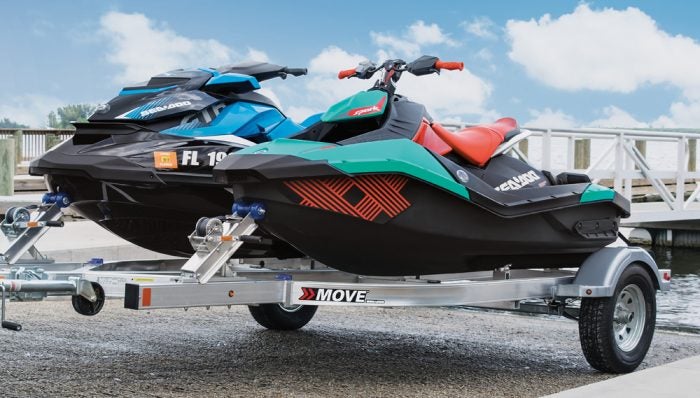
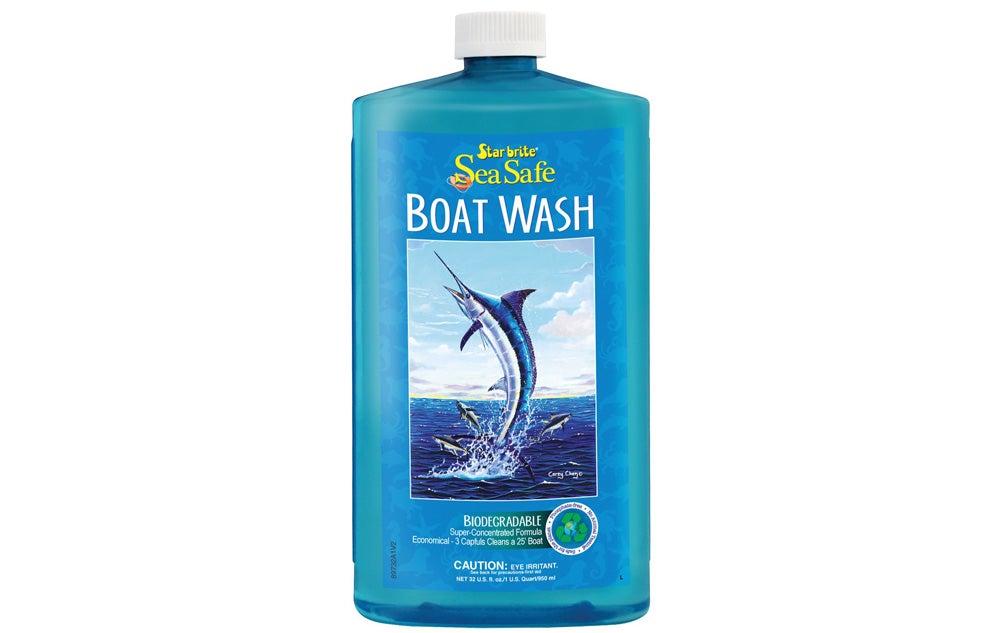
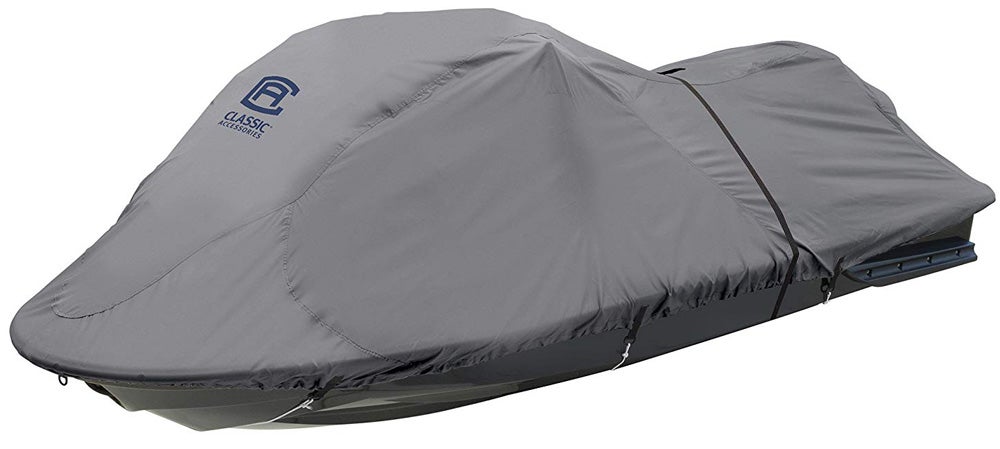
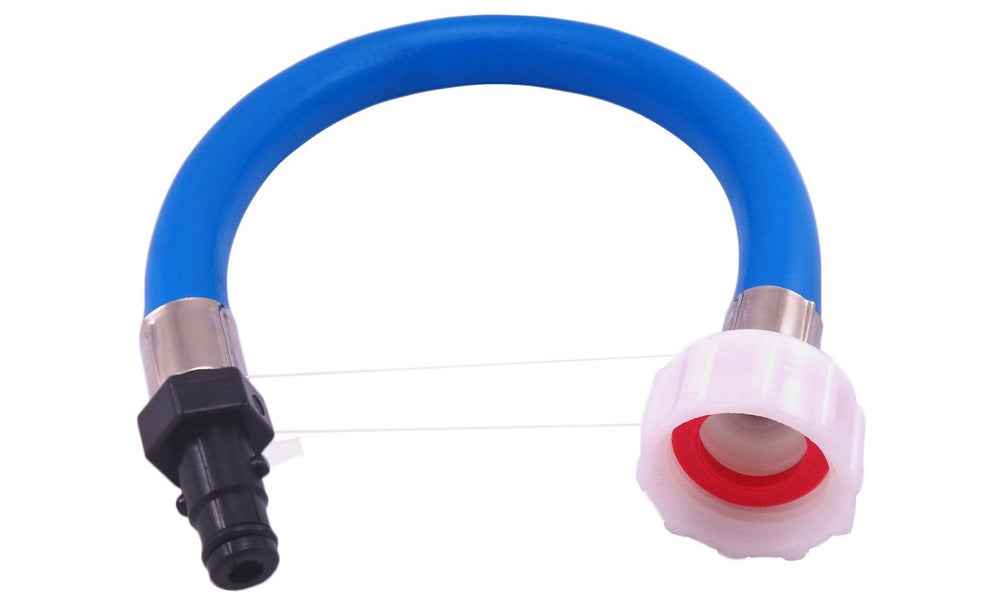
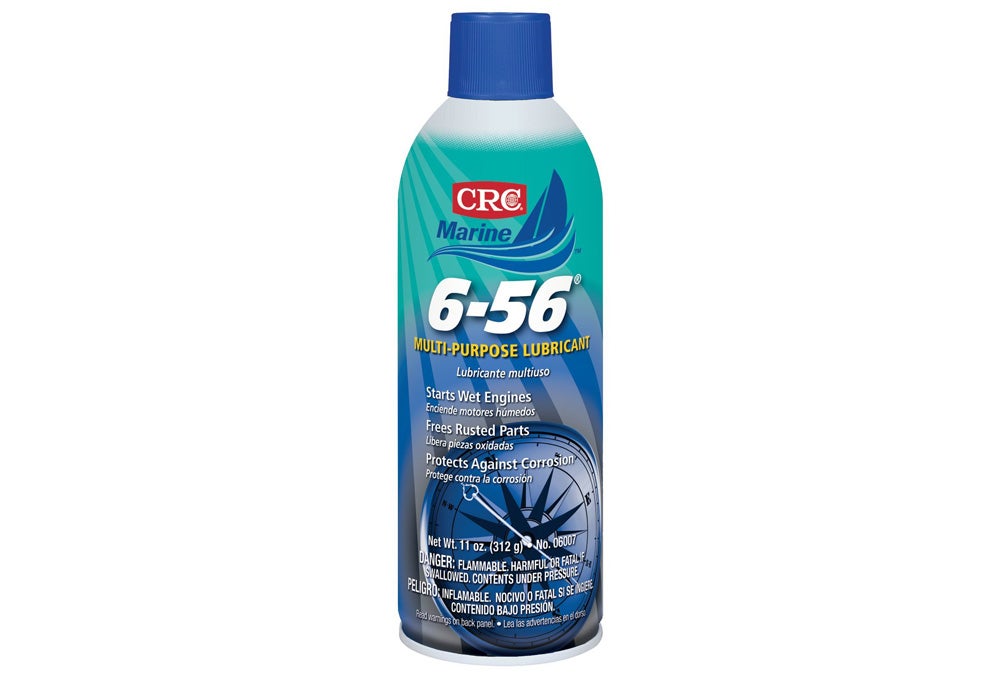
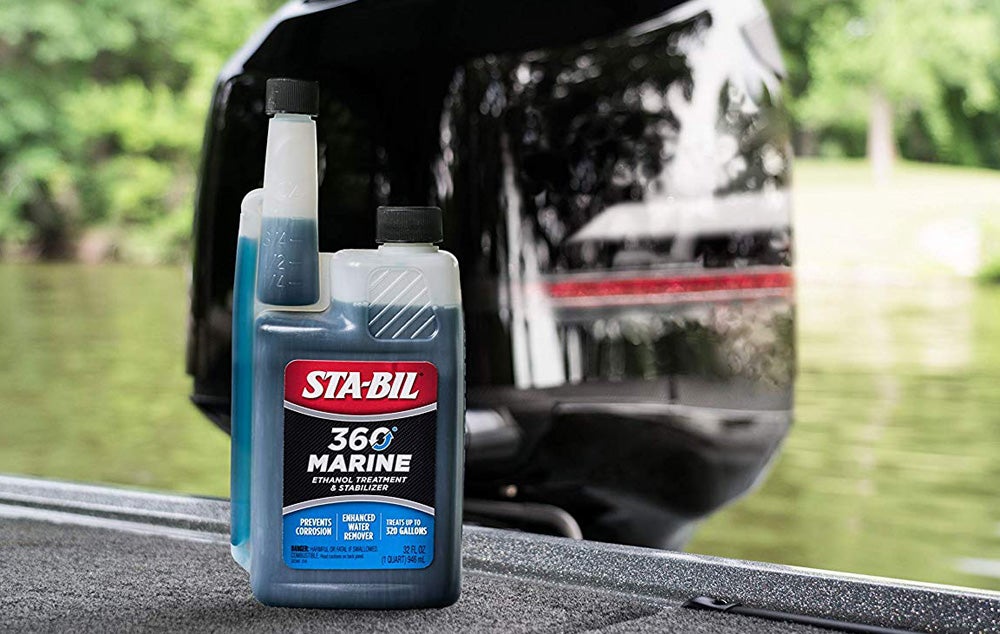
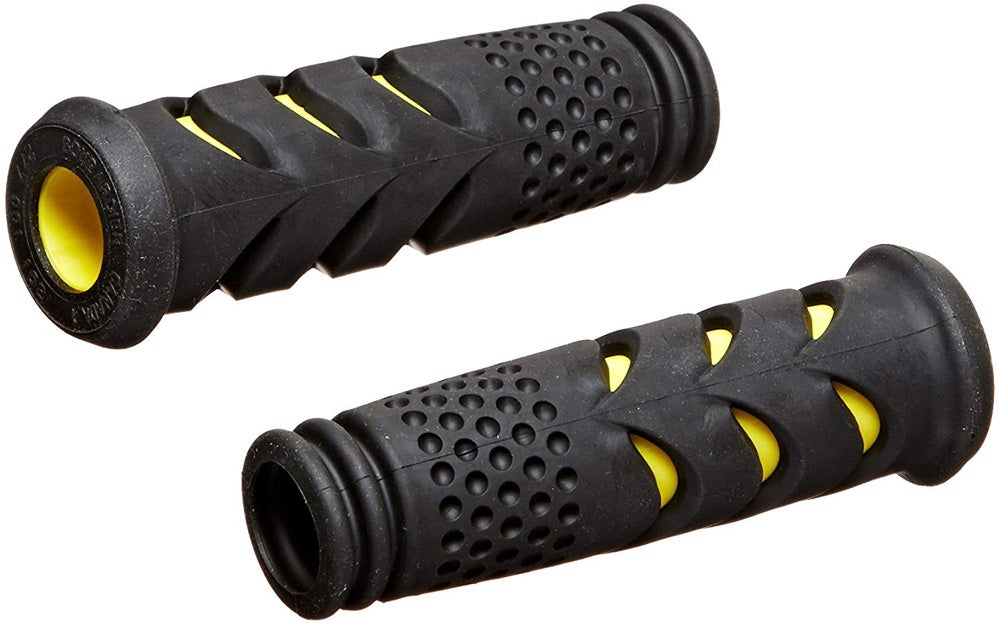
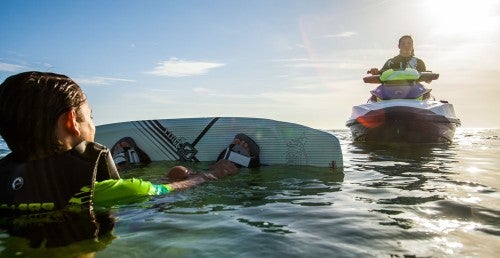
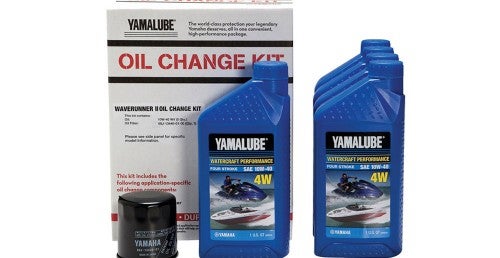







 Your Privacy Choices
Your Privacy Choices